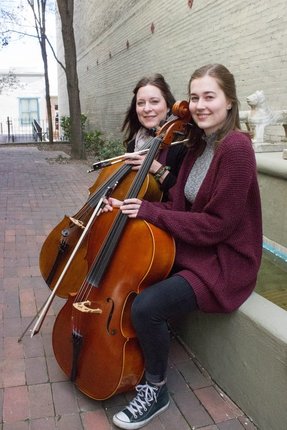 Mother and daughter Heidi Nagel and Madison Nagel will perform on stage together next week at our Boise Phil ft. Zuill Bailey, cello concerts as part of our Senior Side-by-Side program. Heidi is a cellist with the Boise Phil and Madison is a senior in the BPYO, who first learned her love of the cello from her mother. Don’t miss your chance to hear this amazing concert—get your tickets at https://bit.ly/2Ga35Z0
1 Comment
Great article by Ed Simon from the Boise Beat! Click Here!
Trebelle violinist Jennifer Dunn created this music video with her family. Enjoy! Piano Trio No. 8 in G Major, K. 564, by Wolfgang Amadeus Mozart
I. Allegro II. Andante III. Allegretto The piano trio as we know it began with the trio sonata of the Baroque era, in which a solo instrument (the violin, for instance) would be accompanied by the basso continuo—often consisting of the harpsichord and a bass violin (now called the cello), which usually just reinforced the bass line of the keyboard part. Two major things occurred which transformed the trio sonata into the modern piano trio—the invention of the pianoforte by Bartolommeo Cristofori in 1709, and the birth of Mozart in 1756. The new piano allowed for more melodic lines and a greater dynamic range for keyboard players. Composers began to give the piano more dominance, promoting it as a solo instrument, rather than using it primarily for accompaniment. As the greatest pianist of his time, Mozart’s contribution to piano trios include not only his impeccable piano writing, but also the expansion of the cello part, giving it equal footing with the violin. Mozart’s last piano trio, K. 564, may have actually begun as a piano sonata. During the last year of his life, as Mozart struggled with poor health and crushing debts, he reworked the piano sonata into a piano trio as he hoped to capitalize on the growing popularity of chamber music. While perhaps written out of financial necessity rather than sudden inspiration, this work is impeccably crafted. The piano introduces the theme in the first movement, and skillfully passes to the other two instruments. The second movement, in theme and variations form, shows how effortlessly Mozart could transform a single melody to great dramatic effect. The final movement is a playful Rondo with dance-like grace and humor. “Old Photographs” from Constantinople, by Christos Hatzis Commissioned by the Gryphon Trio, “Old Photographs” is a single movement from Constantinople, a large multimedia production by Greek-Canadian composer Christos Hatzis. This unique work combines elements of the song cycle with the sacred cantata, as well as opera, chamber music and ballet while juxtaposing modern and ancient musical styles from Eastern and Western genres. In “Old Photographs”, that duality can be heard as it begins with a plaintive piano melody in the style of Robert Schumann, and gradually progresses into a wild tango. About his music, Hatzis writes: "I feel strongly that with my music, I am trying to force a tiny opening in the cloud that will allow His Light to shine through. At best, I am a follower, not a master, and my MASTER holds the patterns and patents of my being and work. So, in the best of circumstances, I can only think of myself as an imitator." Piano Trio No. 1 in C Minor, Op. 5, by Arthur Foote I. Allegro con brio II. Allegro vivace III. Adagio molto IV. Allegro comodo Arthur Foote was a member of the Boston Six, a group of elite American composers at the turn of the 20th century who sought to import the best of the European classical music tradition, and in turn, elevate America’s reputation in the arts. Other members of the group included John Knowles Paine, the first professor of music at Harvard University; Horatio Parker of Yale; Edward MacDowell, who taught at Columbia; George Chadwick, Director of the New England Conservatory; and Amy Beach, America’s first famous female composer. Foote graduated from Harvard, and was the first American composer to receive all of his training in the United States. He served as organist for the First Unitarian Church in Boston for 32 years, and helped found the American Guild of Organists. The lack of European pedigree probably hurt Foote’s career, but his Piano Trio in C minor certainly deserves a place among the great piano trios. Trebelle cellist and genetic counselor Heidi Nagel has created a new website loaded with information about genetics. The field is growing as more and more people are using DNA tests to find out more about their ancestry and make health-related decisions. Take a look! www.gen-aware.com/
We always feel a little forlorn when the Trebelle concert season ends. After having become so familiar with the repertoire, putting it away feels like abandoning a good friend, or two good friends! But each of us are immediately thrown into spring projects that prevent us from pining!
Robyn is keeping busy at the College of Idaho, helping her piano students prepare for juries and recitals, as well as accompanying other students in their recitals and juries--just like she did for Jennifer when she was studying at C of I! She is also deeply involved in the Nampa Musicale festival, helping the next generation of musicians learn and grow. A member of the Boise Philharmonic, Heidi has been performing the music of Sibelius, Tchaikovsky, Mozart, and will soon participate in the season Finale, featuring the Brahms violin concerto, Smetana's Moldau, and the Borodin 2nd Symphony. You can find information and tickets at boisephil.org. After a delightful trip to Disneyland with her family, Jennifer joined the first violins in the Boise Philharmonic's performance of Mozart's Requiem. She judged a scholarship competition, where she was impressed by a number of local young artists! On Easter Sunday, Jennifer appeared with an inter-faith choir in an inspirational performance of Handel's Messiah at the Jewett Auditorium. She is getting ready to lead the Treasure Valley Millennial Choir and Orchestra as concert master in its upcoming May performance. For more information and tickets, go to www.millennial.org/performances. 10 Valentine's Date Ideas at the Idaho Press Tribune: here
Newspaper clipping from McCall Star-News below: When choosing repertoire, we usually avoid choosing composers who were contemporaries of each other. This year, we broke that custom big time, as Ernest Chausson and Debussy weren't only alive at the same time, they knew each other quite well. The photo above was taken at Chausson's home in 1893. Debussy is at the piano, and Chausson is turning the pages for him.
Slightly older than Debussy, Chausson was one of his mentors at the Paris Conservatoire. According to Wikipedia, the two had a falling out five years before Chausson's untimely death, when Chausson, a traditional family man who lived in the country with his wife and five children, expressed disapproval at Debussy's more promiscuous lifestyle, though Debussy "never ceased to admire Chausson's music." However, I wonder if the two actually remained on good terms despite their different lifestyles? Below is another wonderful photo of them, taken in 1897, only two years before Chausson's death. A perfect example of the camaraderie between artists and musicians during La Belle Époque, it was taken by the great artist Edgar Degas. From left to right: Edgar's brother Rene, Chausson, Debussy, and Mme. Eugene Rouart. At the end of the Franco-Prussian War in 1871 until the beginning of World War I in 1914, France experienced a period of peace and prosperity which resulted in a flowering of science, literature, art, fashion, architecture, cuisine, and of course, music. Known as La Belle Epoch, “The Beautiful Era,” this period of French history saw the construction of the Eiffel tower for the 1889 World Fair, Louis Pasteur’s development of pasteurization and the rabies vaccine, early prototypes of the helicopter, and the invention of both the scooter and the moped. New railway lines transported people in and out of Paris, grand and spacious halls housed opera productions and art exhibits, and Paris became the center of culture and fashion that it is still famous for today.
Born in 1862, and admitted into the Paris Conservatoire at age 10, Claude Debussy’s musical career coincided with La Belle Epoch, and is one of the most famous composers from that era. The Piano Trio in G Major was composed in 1880, when Debussy was just 18 years old. At the time, he was living in Italy, where he was employed as Nadezhda von Meck’s music tutor for her daughters. He was also the member of a piano trio that Mme von Meck hired to perform every evening. (Von Meck is most famous for her association with Tchaikovsky, whom she sponsored for 13 years.) Though it was written before he had developed the impressionistic style that defines Debussy’s music (he hated the term, impressionist, incidentally), the piano trio gives a glimpse into the genius that he would become. Lost for 100 years, Debussy’s piano trio was not discovered until 1982, and it was finally published in 1986. Ernest Chausson was born in Paris in 1855 into a wealthy family. Immensely talented, Chausson studied law, literature and art before choosing to pursue music at the Paris Conservatoire. In 1881, when his entry was rejected from the prestigious Prix de Rome (a competition that would have validated his choice to study composition), Chausson withdrew from the conservatory, and began to write the Piano Trio in G Minor in an effort to prove to himself he had had not chosen the wrong career. Chausson later returned to his studies at the Paris conservatory, and in turn became a mentor to many younger composers, including Debussy. Sadly, Chausson’s life ended prematurely when he died in a bicycle accident at age 44, just when his music was starting to gain the recognition it deserved. |
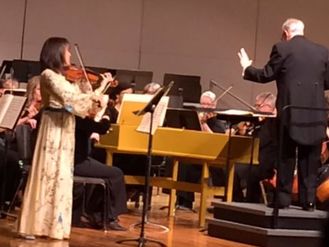
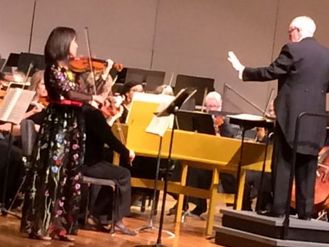
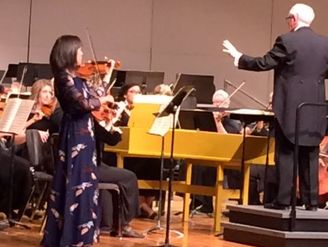
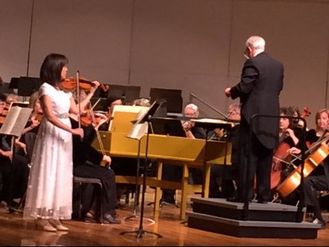
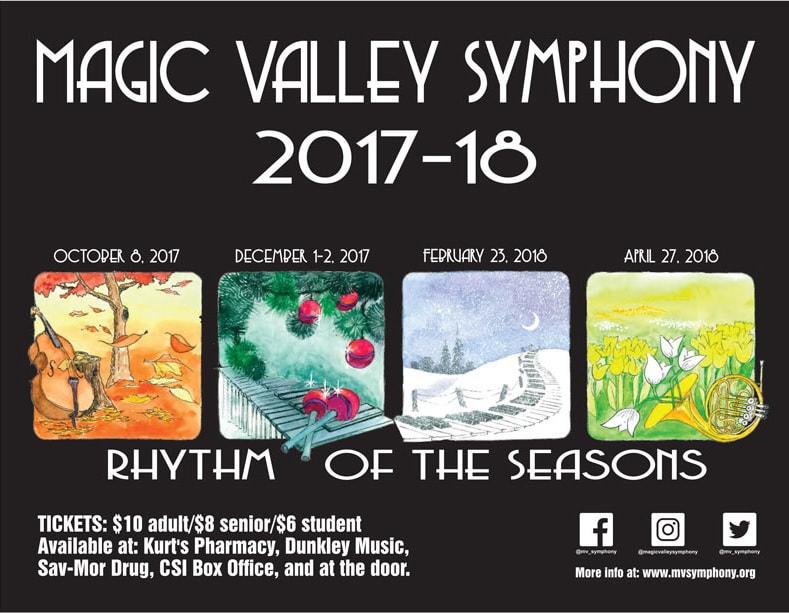
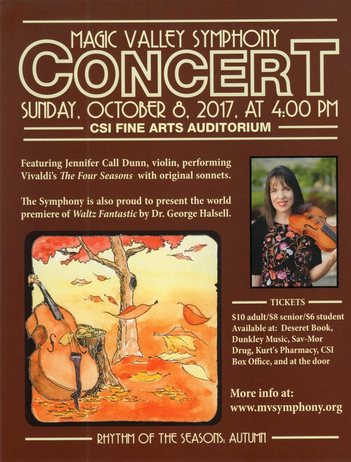


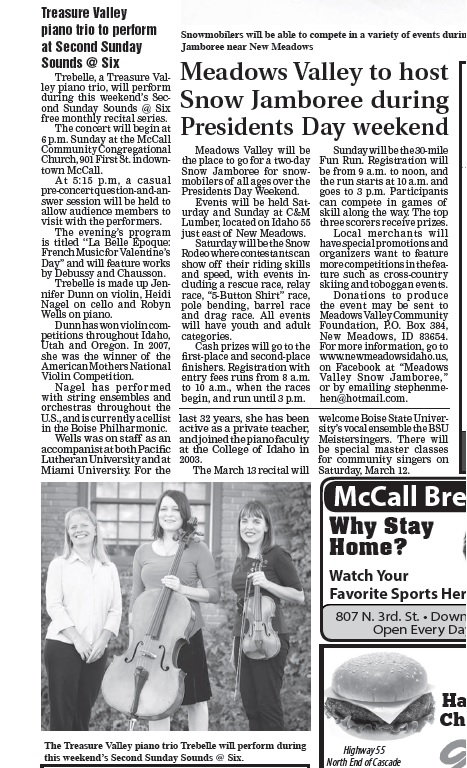
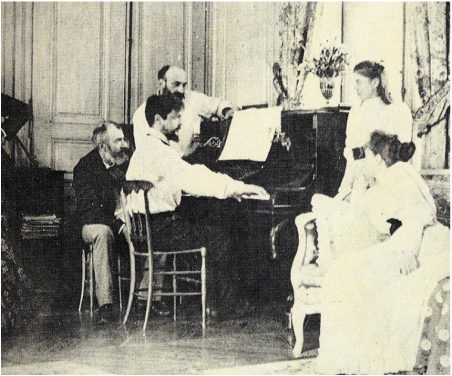
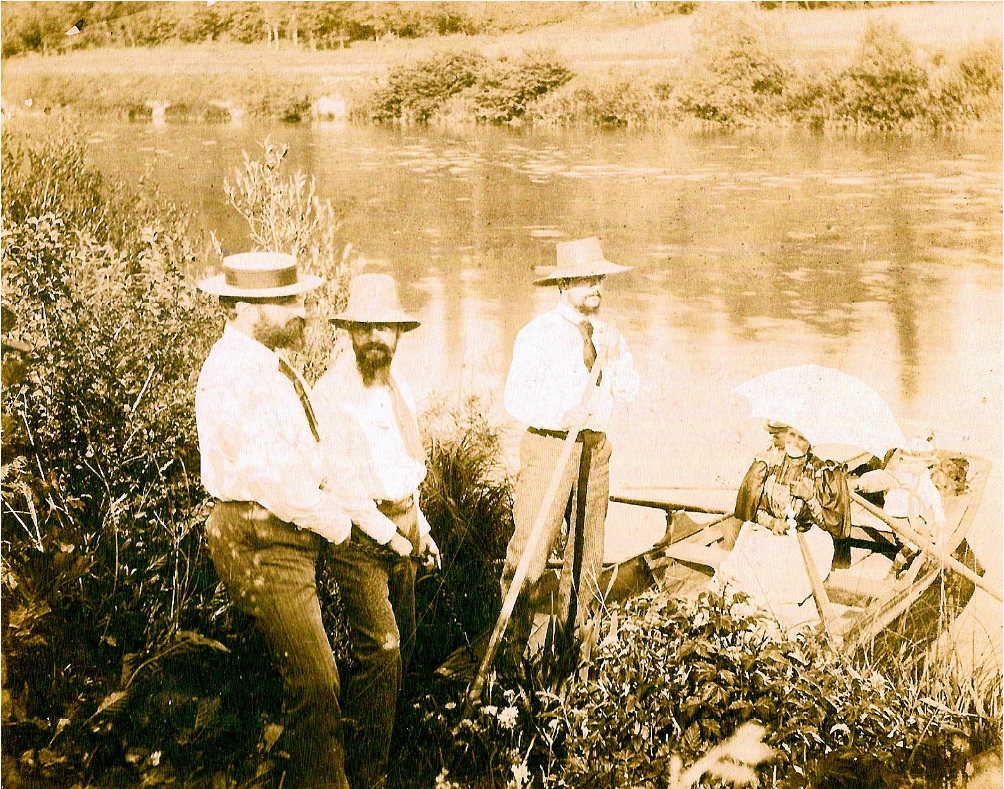
 RSS Feed
RSS Feed